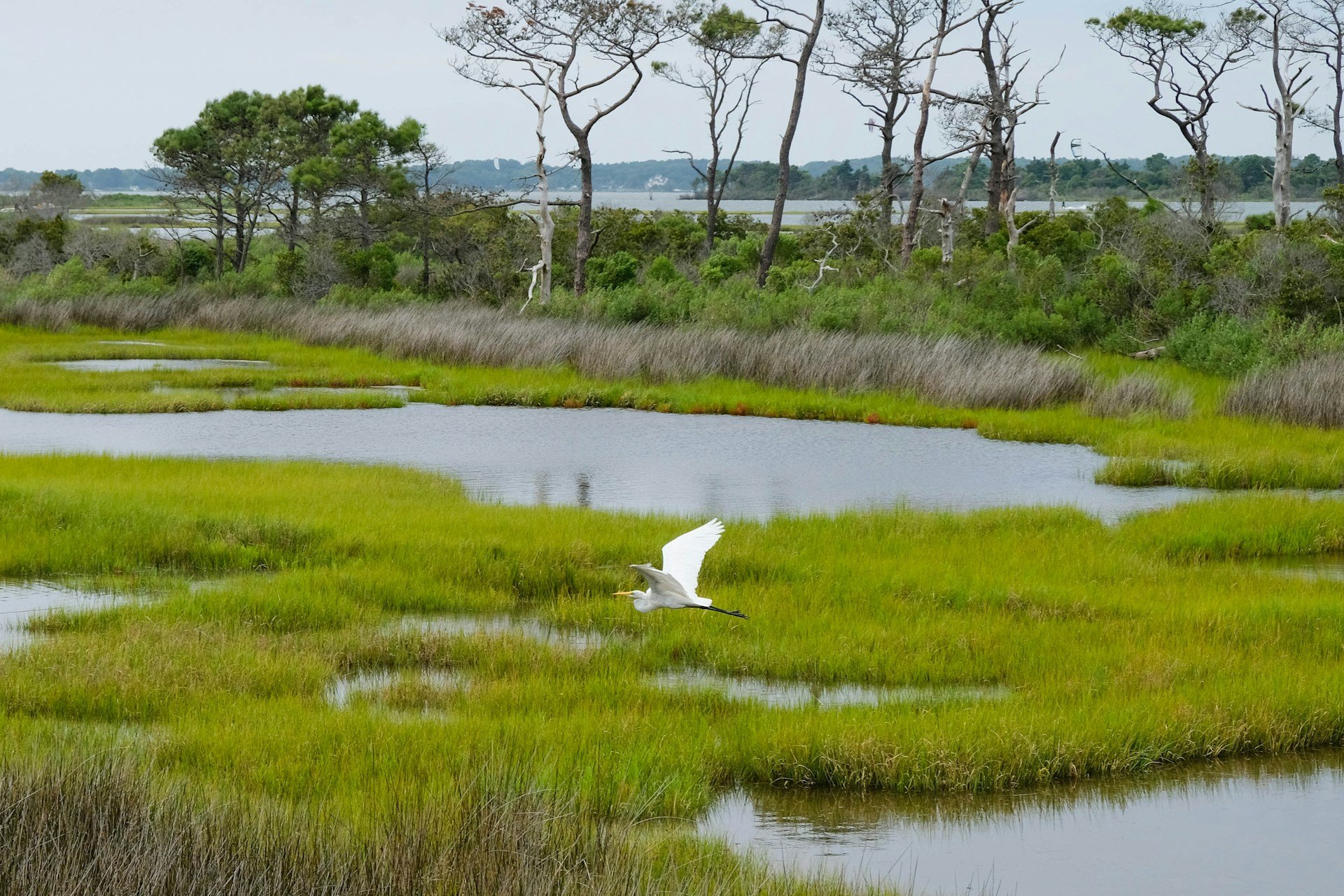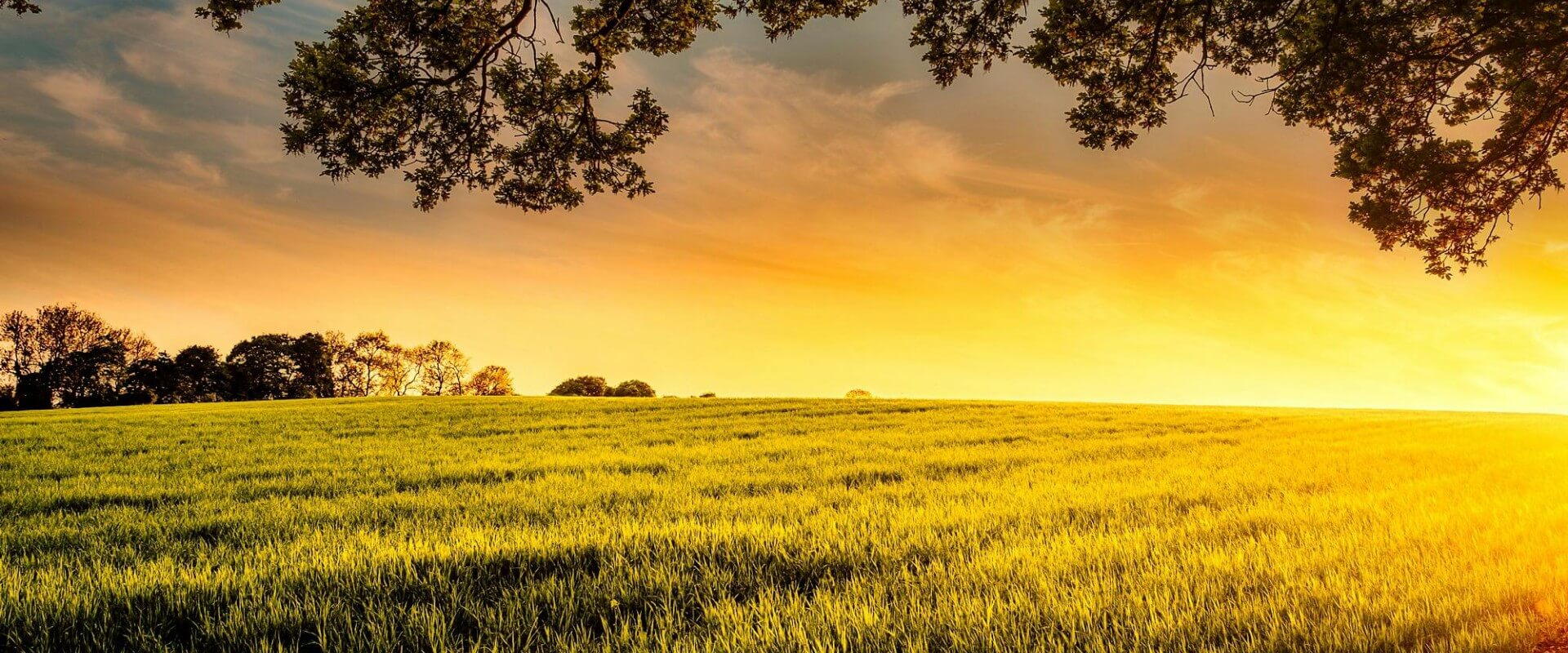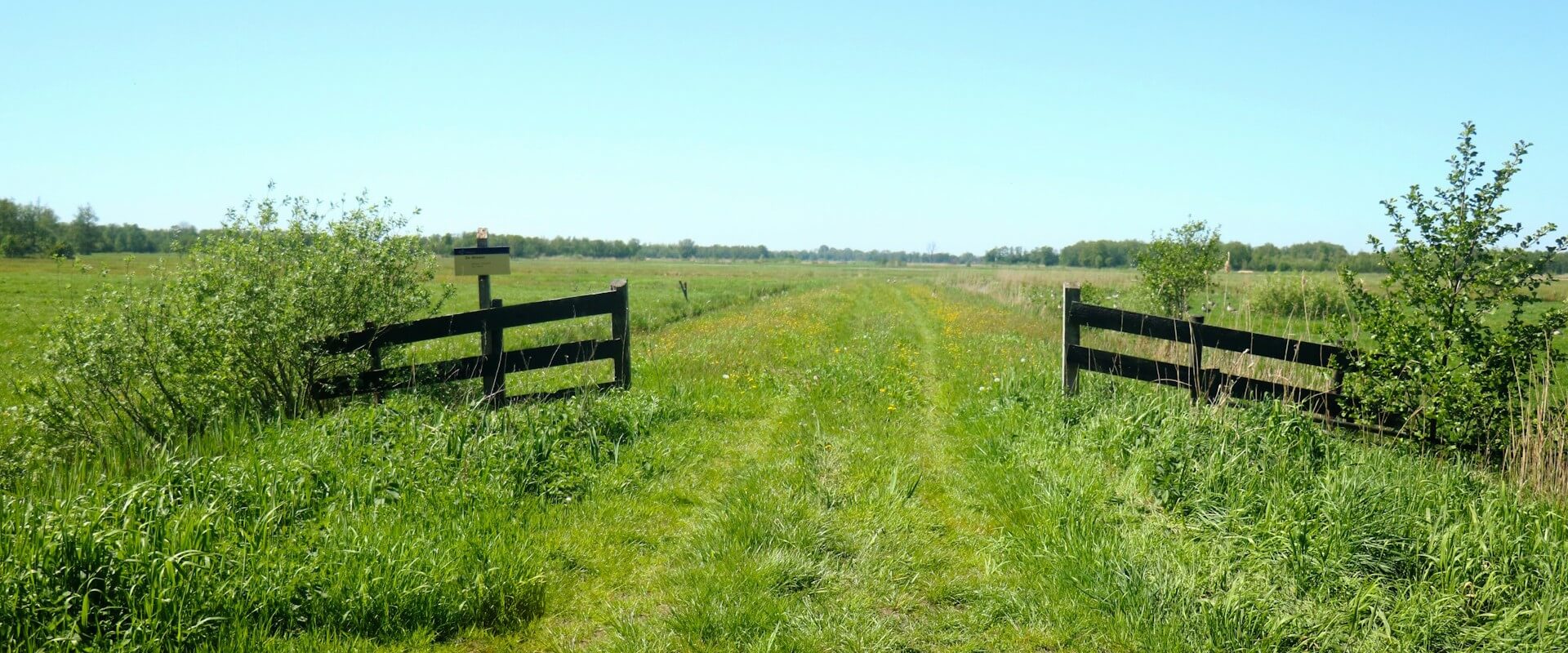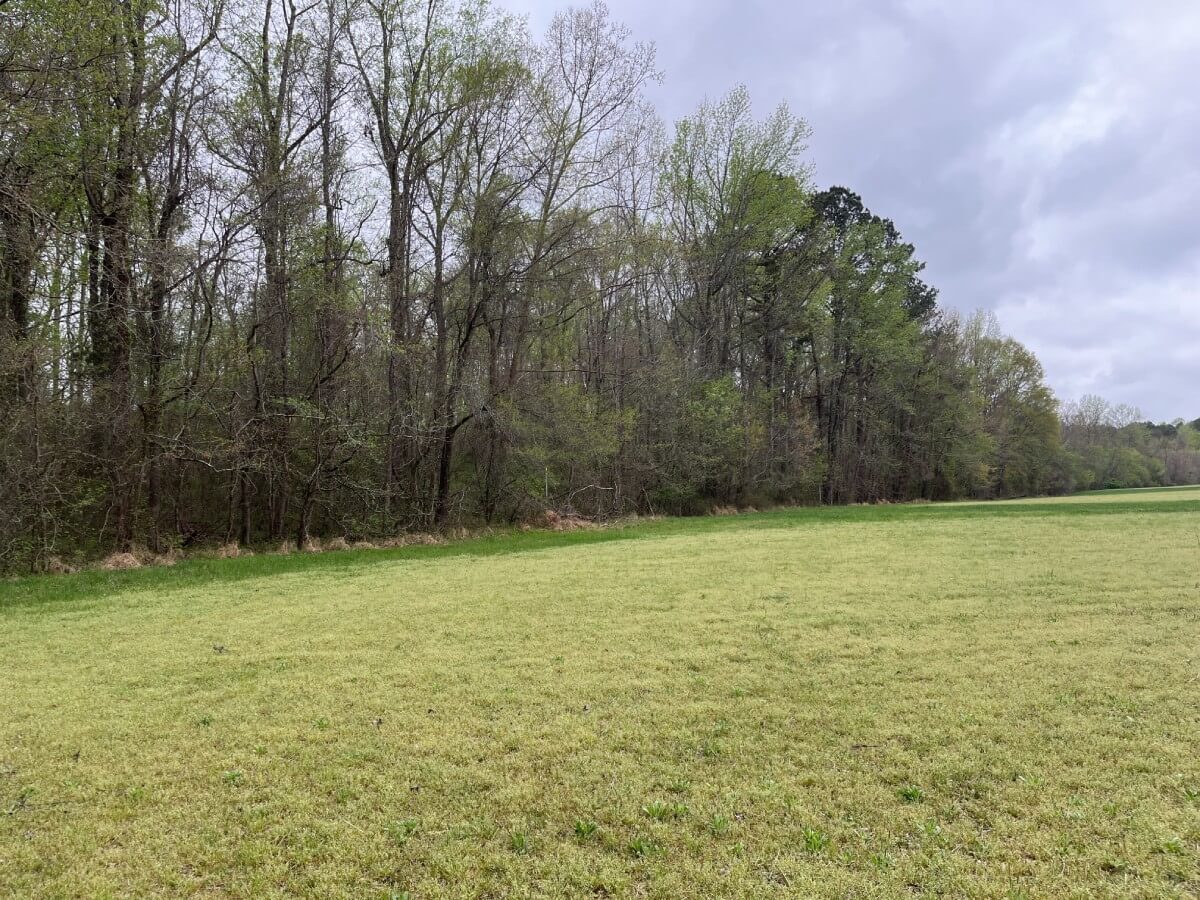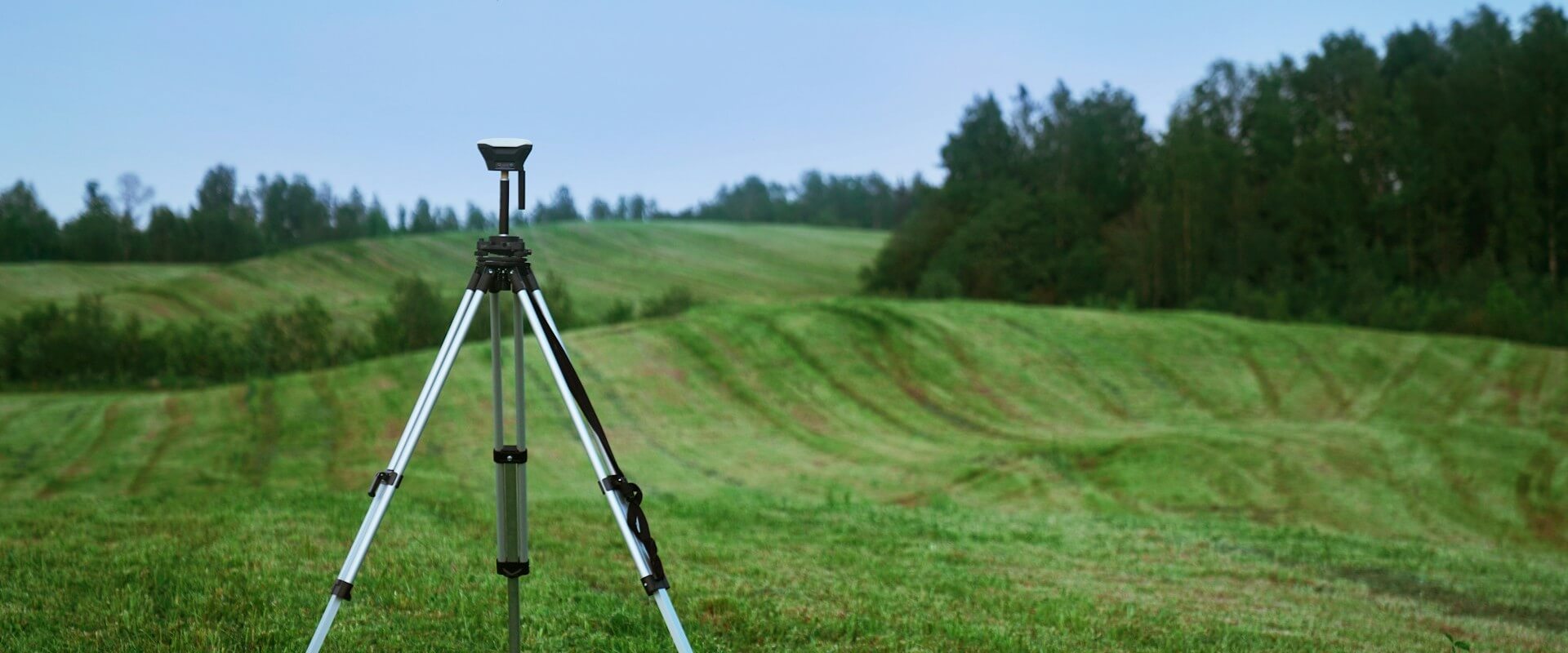Historically, wetlands were misunderstood and undervalued, often dismissed as mere wastelands. This misconception led to widespread practices of filling them in or using them as dumping sites. However, our contemporary understanding has evolved significantly, recognizing wetlands as essential ecosystems that play crucial roles not only in environmental health but also in public safety.
The question arises: What is the current status of wetlands in the contiguous United States, and why should we be concerned about their preservation? Recent findings from the U.S. Department of the Interior and the Fish and Wildlife Service reveal alarming trends regarding wetland depletion, underscoring the urgency of this issue.
Wetlands Status and Trends Reports
Since the late 1700s, more than half of the 221 million acres of wetlands in the U.S. have been destroyed. But is this destruction decreasing, or has it accelerated?
According to a report to Congress, in the 2009 and 2019 reporting period of wetland status, there was an estimated 116.4 million acres of wetlands in the conterminous of the U.S. This accounted for six percent of total land across the county.
Most of the wetlands were freshwater, accounting for 95 percent, with saltwater wetlands coming in at 5 percent. The most common saltwater wetlands are marshes.
Since the last reporting period, the rate of wetland loss has increased by more than 50%. This resulted in a net loss of 221,000 acres across the United States, primarily in the uplands. The losses primarily affected vegetated wetlands. At the same time, saltwater wetlands decreased by two percent. However, there was a net gain of 488,000 in non-vegetated wetlands.
Why are Wetlands Decreasing?
Wetland loss is complex. Many factors contribute to the loss with human activities being the primary reason for the loss of wetlands.
Draining wetlands for agriculture or development has caused habitat loss. While lakes are often constructed to keep water on the property, they do not have the same results on groundwater and downstream water as wetlands. With few ecosystem services than wetlands, this can increase the risk of flooding as well.
Withdrawing groundwater and surface water has contributed to wetlands losses. This occurs due to many factors, most of the directly or indirectly the result of human activity, and has had a dramatic effect on wetlands in our coastal regions. Along with this, humans have introduced invasive species that have also contributed to the loss.
Building large dams has altered the water regime. By changing the availability and flow of water, dams have either dried out wetlands or allowed saline water to infiltrate inland. Dams have a significant impact on downstream aquatic resources with entire ecosystems undergoing significant changes that affects quality of life for humans, plants, and animals.
There are many reasons to halt the trend of losing wetlands.
Wetlands’ Impact on Drinking Water
Wetlands enhance water quality in many different ways. First, they filter sediment in an ecosystem where plants and animals break it down through beneficial use. Wetlands slow down the flow of water to allow harmful sediment to settle to the bottom. The result is that wetlands absorb many pollutants into the surface waters and capture and concentrate them instead of allowing them to pass downstream and into broader ecosystems.
Wetlands have been called the kidney of our watershed for a very good reason and like our kidneys, they serve a critical function! In many wetland systems, this cleansing function has enhanced groundwater supplies.
According to the Environmental Protection Agency (EPA), wastewater treatment plants in the U.S. need updating. Cost estimates to update these facilities to meet the public demand were estimated between 2007 and 2026 to be in the range of $298 to $338 billion. These costs would potentially be lessened through the restoration and conservation of surrounding watersheds.
Wetlands Provide Flood Control
Wetlands aid in reducing flooding. Those wetlands along rivers and streams absorb water, energy, and are a natural damper for fast-moving water during a flood. They store water during storms and spread it out over a larger area in such a way that benefits the local ecosystems. This reduces downstream flood damage and minimizes the risk of flash floods.
Protection for Hurricane Damage
Damage from hurricanes is also lessened due to wetlands. For example, Hurricane Sandy was the costliest hurricane in U.S. history which was predominantly due to flooding in the coastal regions. Research found that during Hurricane Sandy, coastal wetlands prevented $625 million in property damage, reducing losses by an average of ten percent.
Even some areas that had few wetlands within their boundaries benefited from the cumulative surge reduction of upstream wetlands. Imagine how much damage wetlands could prevent for every hurricane if they are kept in place and expanded!
Wildlife Habitat
Wetlands provide habitats for many species. These include:
- amphibians
- reptiles
- birds
- mammals
- fish
Even upland, many animals use wetlands for food and shelter. One-third of all endangered or threatened species in the U.S. depend on wetlands, many up to the point of existence.
Conclusion
The U.S. is losing its wetlands. New strategies, spearheaded by Congress, need to take place to stop further loss of wetlands. According to recommendations to Congress, cooperation between government and non-government partners must occur.
A National Wetlands Inventory Program to provide foundational scientific information is needed. This program would allow for the pursuit of wetland education, science, management, and policy.
Please take a few moments to review the full report. We recommend starting with the StoryMap since it does a fantastic job of sharing the information with pictures, visuals, and more.
Read the Full Report
About the Author
Dr. Christine Pickens is a wetland ecologist with over 15 years of experience managing a diversity of projects across the US focused on ecological research, restoration project management, and partnership building. Her current on-the-ground efforts are focused on multi-disciplinary coordination of dam removal and conservation of imperiled wetland types while expanding public access to and understanding of nature through park development and educational outreach.
Learn MoreWe are a trusted partner for landowners to integrate conservation into their long-term strategy
Learn More

